Paddington Station: The everyday masterpiece, still a marvel 165 years on
Jack Watkins discusses Isambard Kingdom Brunel's much-revered Paddington Station, and how it has adapted with the changing times — with help from a little bear in a red hat.

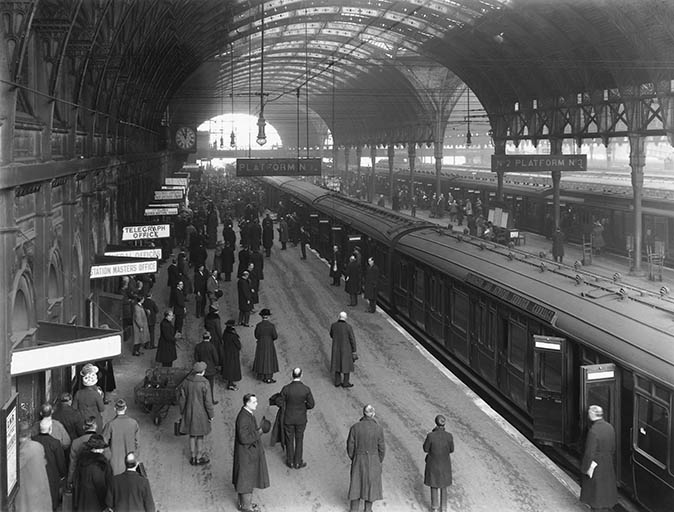
When William Powell Frith’s The Railway Station was exhibited in a London Haymarket gallery in 1862, the public poured in to view the spectacle it presented of modern travel. The painting’s setting was Paddington Station, then barely a decade old.
The gas-lit building, constructed of iron and glass, was a modern marvel, and Frith went to great lengths to ensure the architectural details, as well as those of the foreground characters, were accurately rendered.
Paddington remains a marvel today, but for a different reason. All the big London railway stations have their origins in the 19th century’s Golden Age of Steam, but, necessarily, have undergone renovation and change.
Paddington, however, more successfully than any of its contemporaries, has managed to adapt to changing times as well as successfully retaining something of its original Victorian character.
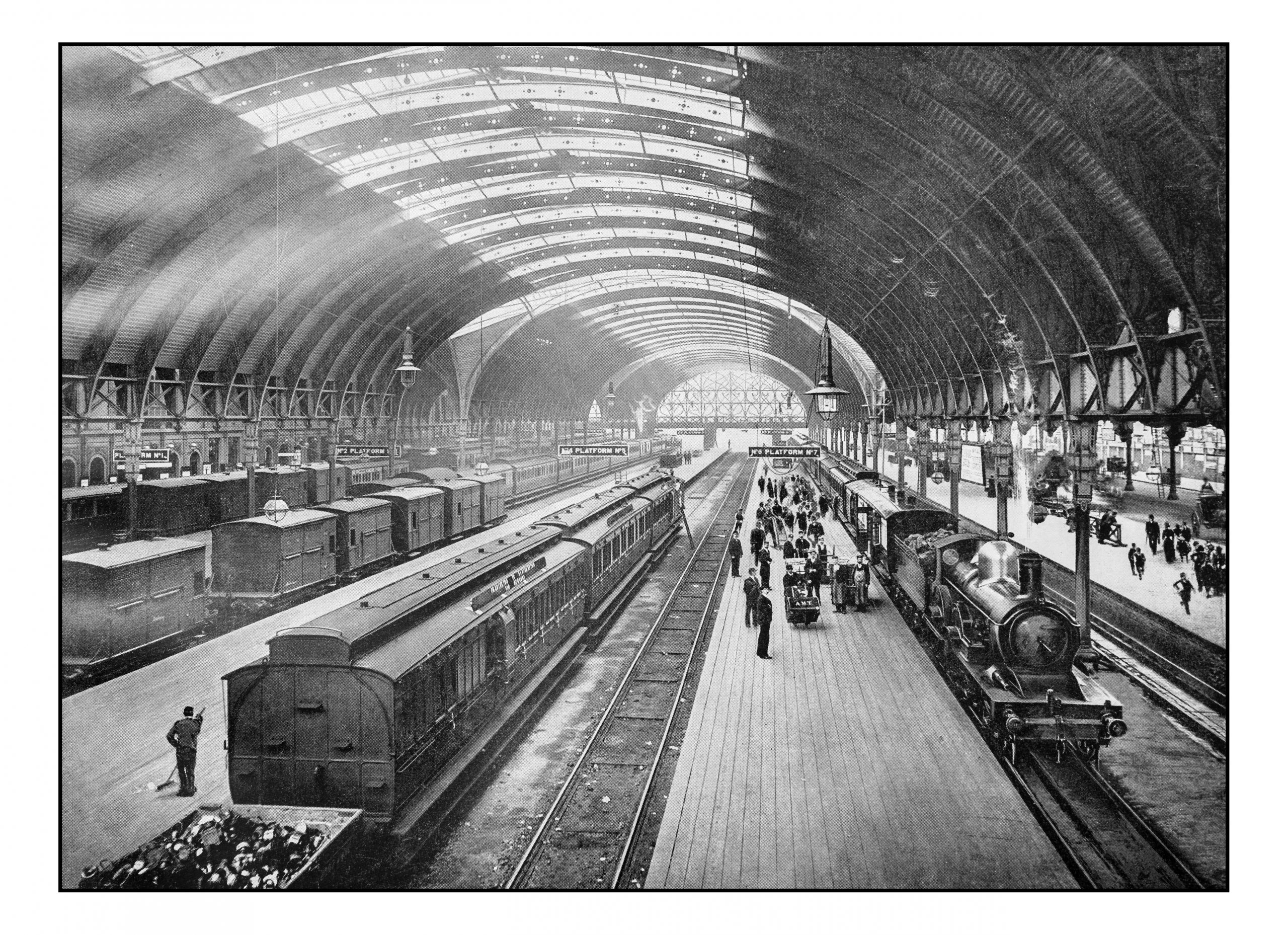
It was designed as the London terminus of the Great Western Railway, running between Bristol and the capital. The line’s engineer was Isambard Kingdom Brunel, 27 years old on his appointment in 1833, by which time he had already worked on the Thames Tunnel and won a competition to design the Clifton Suspension Bridge.
Brunel was a reluctant delegator. He surveyed the entire length of the new railway’s planned route by himself on horseback in 10 weeks, determined to ensure that trains would follow the straightest possible line, with the flattest gradient, enabling passengers to reach their destinations in comfort in the shortest possible time.
Many of the bridges, tunnels, cuttings and embankments were designed by Brunel or worked on under his direct supervision. He also designed several of the stations, incurring the wrath of A. W. N. Pugin, who called his idea for the Bristol Temple Meads terminus (completed in 1841), with its mock Tudor embellishments, as ‘costly and offensive and full of pretension’.
Exquisite houses, the beauty of Nature, and how to get the most from your life, straight to your inbox.
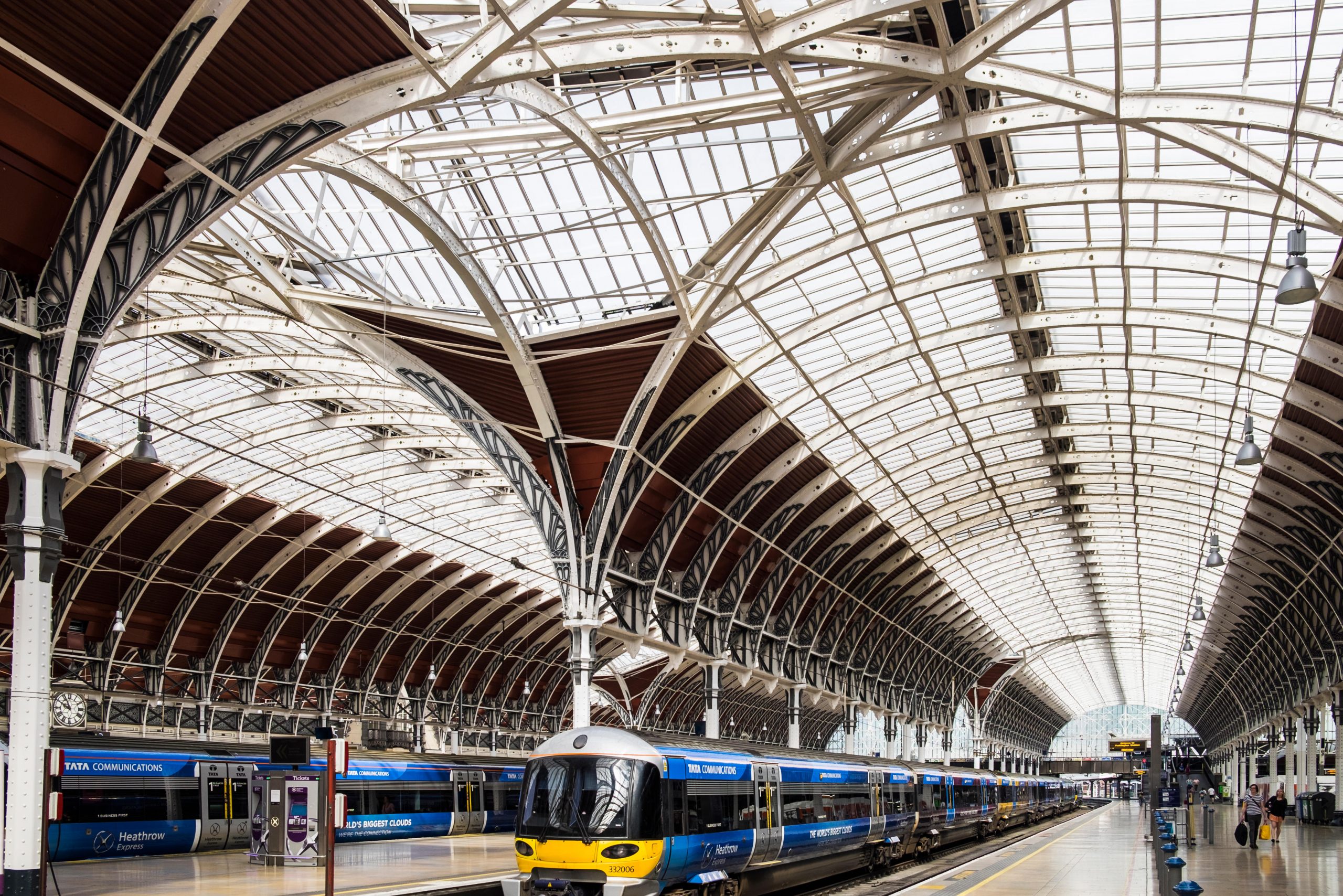
For Paddington, which opened in 1854, Brunel decided on a station ‘after my own fancy’, built entirely of metal. Although confident in his ability to handle what would be an engineering project, he also recognised the need for outside expertise.
Brunel had been on the design committee for the Crystal Palace, the immense iron and glass conservatory that had housed the Great Exhibition of 1851 (Masterpiece, December 1, 2021).
Shrewdly, he co-opted several of the team who had worked on that, including Matthew Digby Wyatt, of the great Wyatt architectural dynasty, and Owen Jones for the architectural and ornamental modelling and colouring schemes. However, although much of the Moorish flavouring to the decorative ironwork appears to have been Wyatt’s idea, the overall design was worked up from Brunel’s drawings.
At the time of construction, the Paddington train shed was the world’s largest and it combined ingenuity with elegance—the subsidiary cross vaults have been likened to the transepts of a cathedral. The triple-span, vaulted roof of wrought iron and glass was supported by cast-iron columns and the central aisle was 102ft wide (a fourth span was added in 1916).
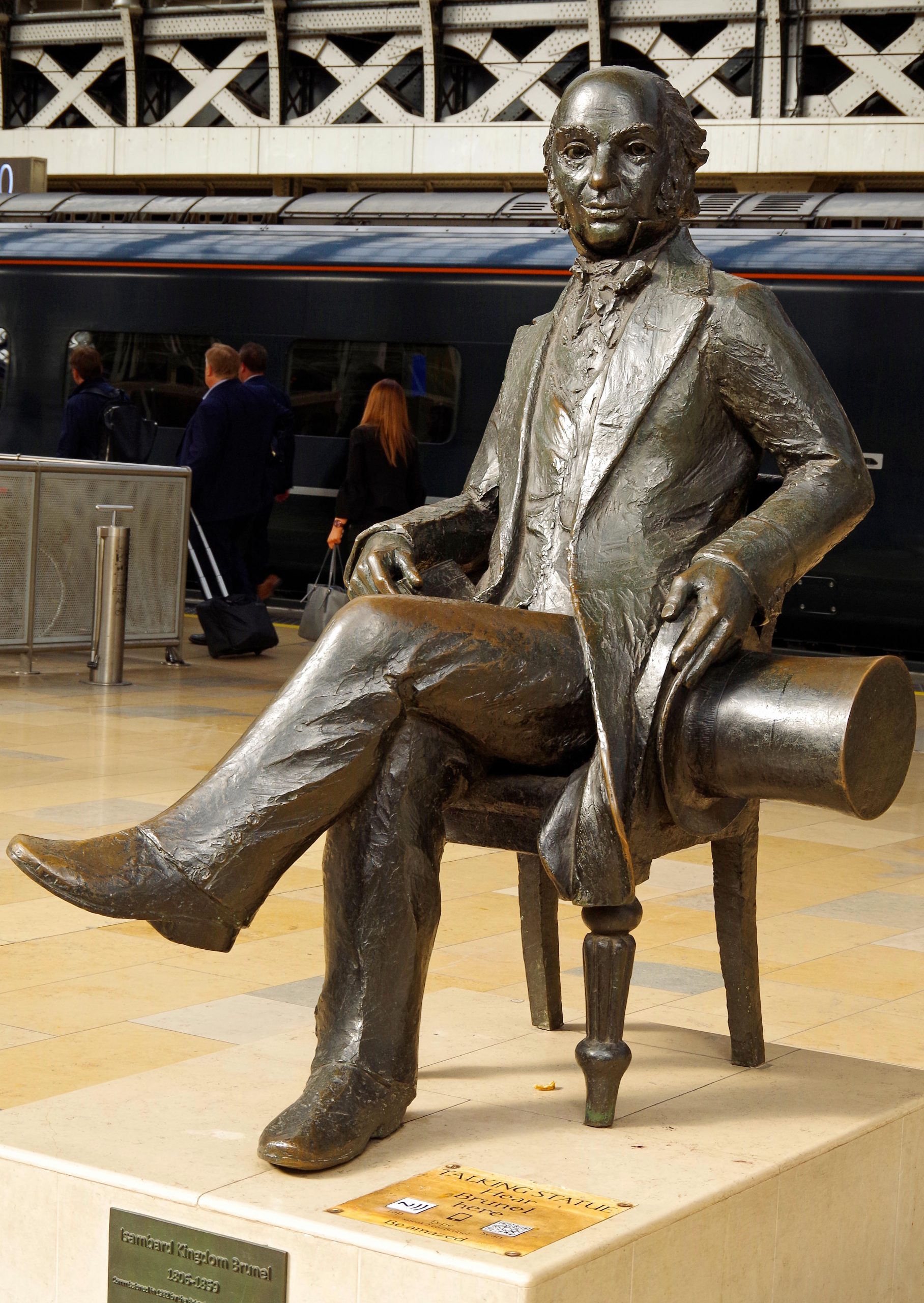
Although the slender columns were decorated with arabesque reliefs, they also contained hidden downpipes to channel rainwater from the roof to drains beneath the concourse floor. The arch ribs were pierced by decorative star-shaped holes, which also served to reduce weight and enable the temporary fixing of scaffolding for cleaning.
Aided by the patronage of Queen Victoria, who frequently used the station to get to Windsor—the luxurious royal waiting room beside Platform One now serves as the first-class passenger lounge— Paddington quickly became regarded as the finest of London’s station termini.
At the south end was the Great Western Hotel (now the Hilton), designed by Philip Hardwick. The grandest hotel of its day, as well as the largest, with more than 100 bedrooms, it set in motion the tradition of luxury hotels fronting large railway stations. Much of the hotel’s interior, with its innovative electric clocks, bells and fireproof staircases, was gutted in the 1930s.
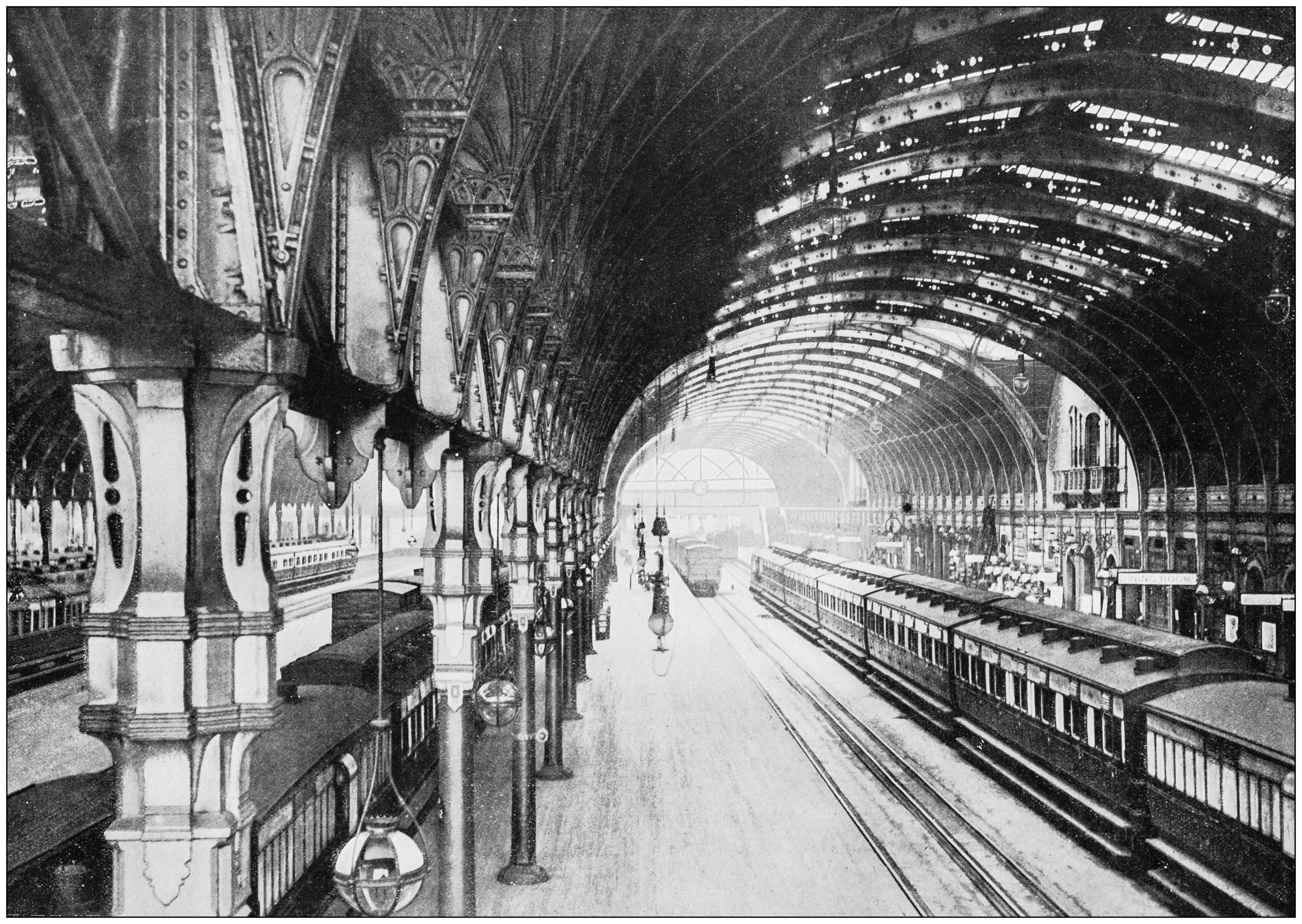
Yet the station has endured, a Grade I-listed landmark in railway architecture and, thanks to its association with Michael Bond’s Paddington Bear, one of the few that has entered the dreamworld of children’s literature.
The Paddington experience
Paddington’s impact is immediate. You head straight down the slope from Praed Street, the rhythmical shapes of Brunel’s train sheds ahead of you, building a sense of anticipation of the journey to come. An ethereal light shimmers through the glass roofs on a bright day. Slender, gracefully curving columns sprout, plant-like, from the floor.
The best view is from the bridge at the end of the station shed leading to the Underground, which affords a splendid vista back down the station. A fine spot to appreciate the functional and decorative ironwork, it is so atmospheric you can almost imagine steam-engine whistles and belching smoke.
The bridge is reached via the side of platform one, which contains Brunel’s original western entrance portal. Here is the huge station clock and the highly decorated Venetian windows of the Director’s Balcony, through which Brunel watched as the station’s development proceeded. Charles Jagger’s powerful war memorial is below. A statue of Brunel between platforms eight and nine looks back across to the balcony. He died only five years after the station opened, in 1859, aged only 53.
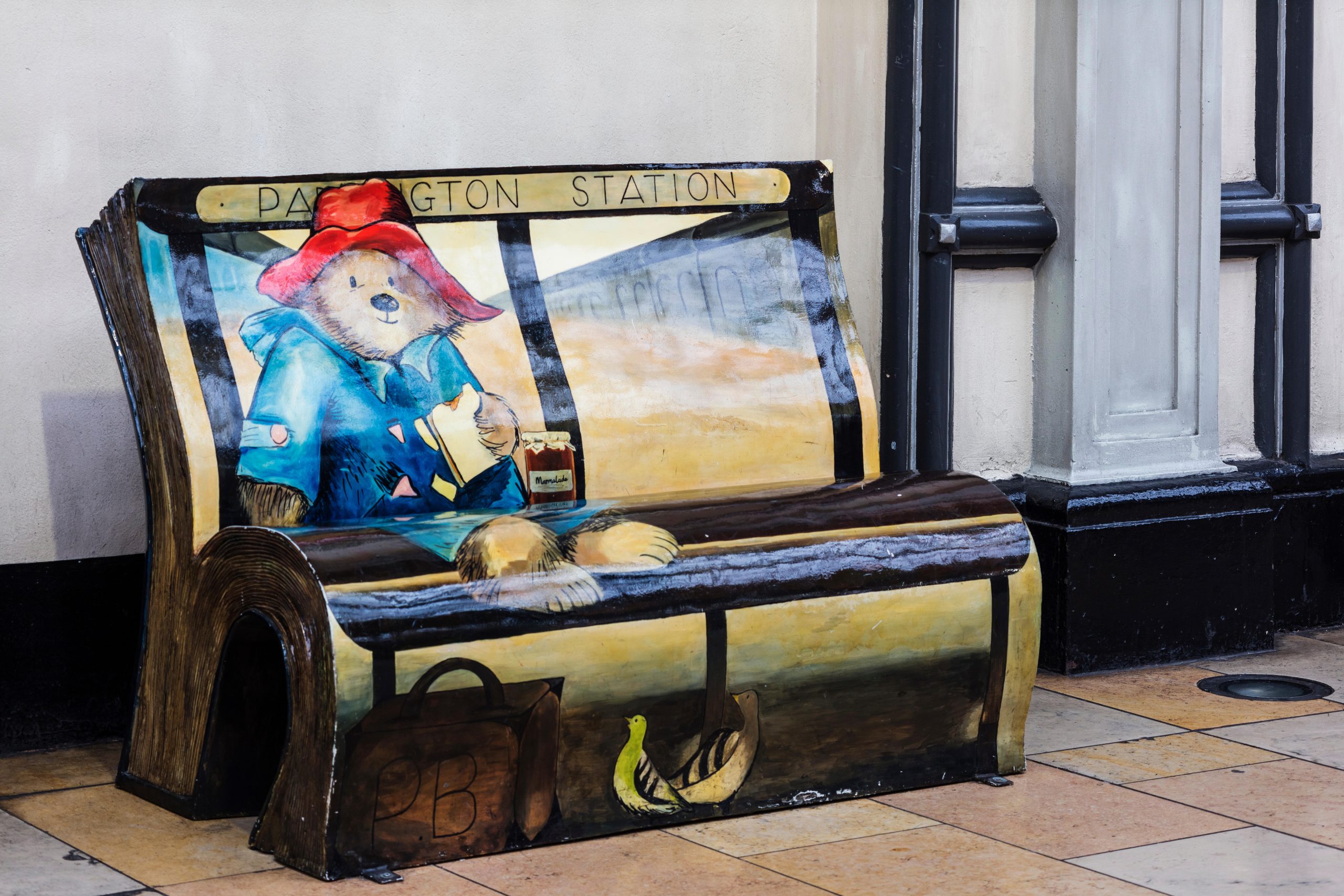
What they said
'The first real cathedral of the Railway Age: it even had transepts'
Steven Parissien, The English Railway Station
'Engineering as architecture, architecture as engineering’
Simon Jenkins, Britain’s 100 Best Railway Stations
'I record this specimen of the shaking of the Manchester railway. The time is not far off when we shall be able to take our coffee and write while going noiselessly and smoothly at 45 m.p.h. Let me try'
Brunel, having had an uncomfortable trip on the Liverpool and Manchester Railway, vows to do better
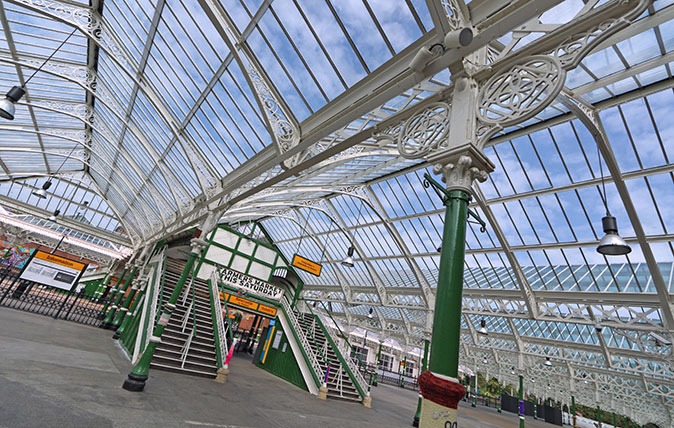
Credit: Alamy
Britain’s great railway stations: Victorian eclecticism, modern genius and one that is a true work of art
Simon Jenkins lauds our most romantic and architecturally significant railway stations, some of the unsung triumphs of British conservation.
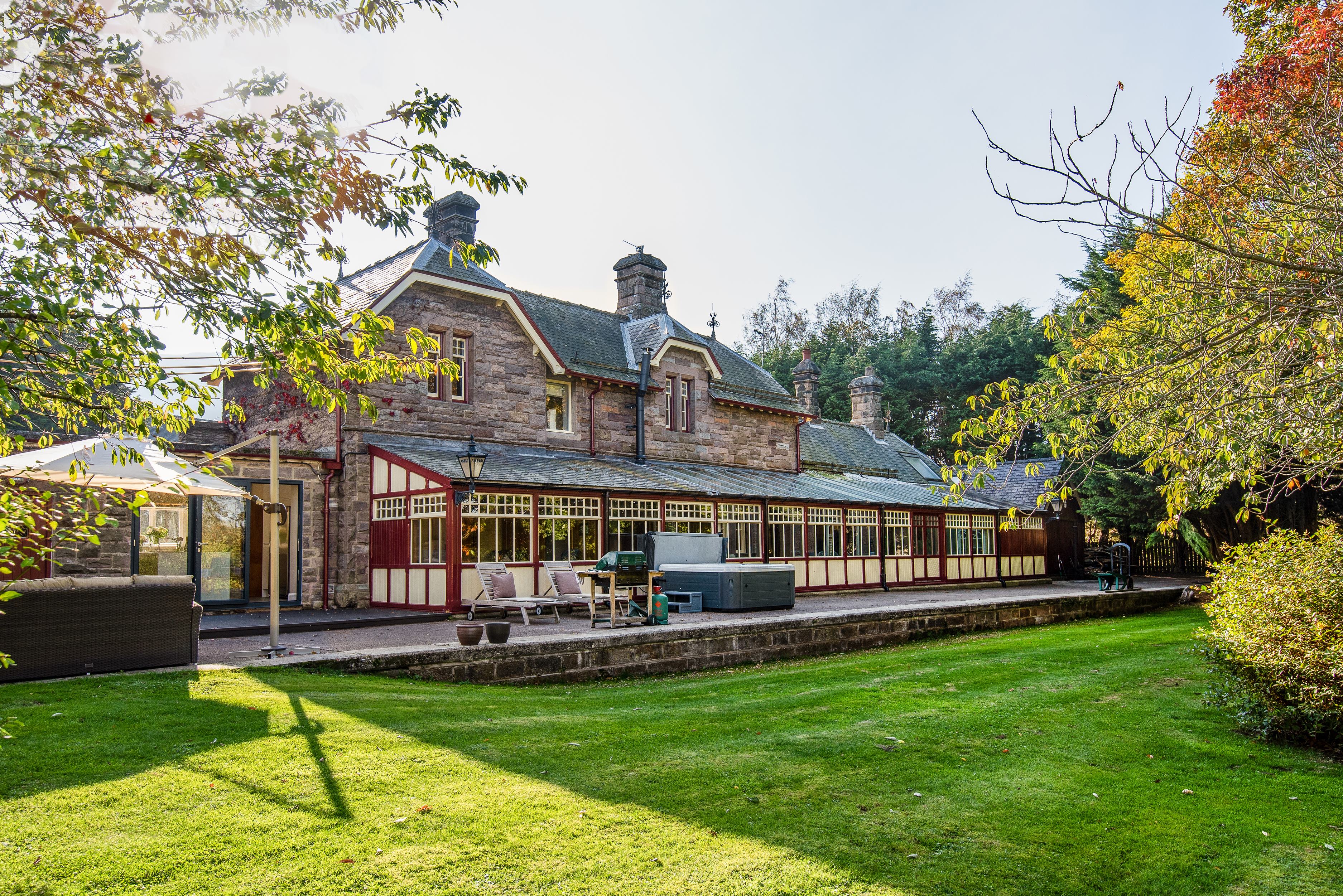
Credit: Tracey Bloxham
The beautiful railway station which became a stunning Northumberland family home
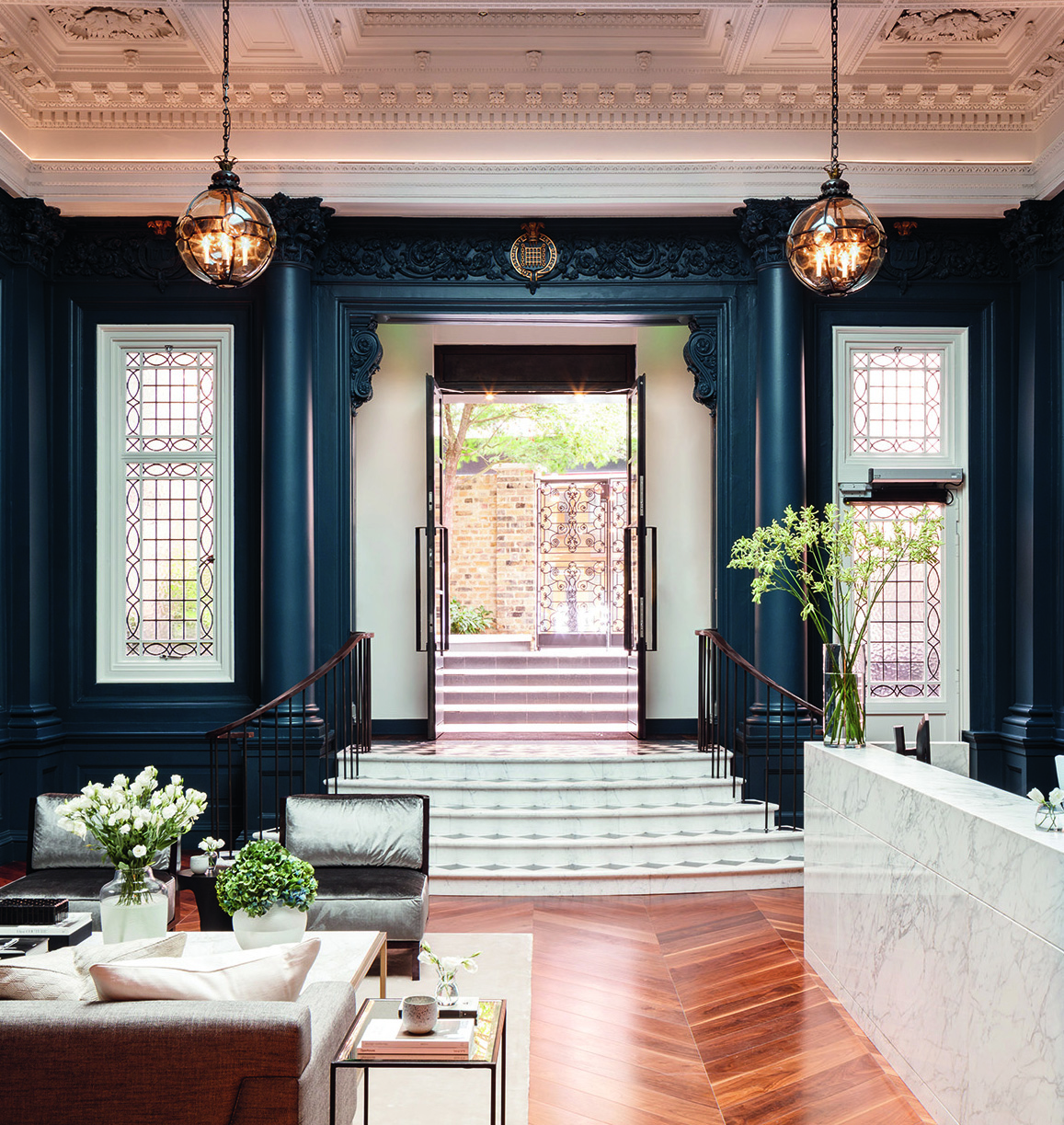
The banks, post offices and train stations that have been transformed into fine family homes
Old schools, banks and other municipal buildings have now become desirable addresses in the town and countryside, as Nicola Venning
Jack Watkins has written on conservation and Nature for The Independent, The Guardian and The Daily Telegraph. He also writes about lost London, history, ghosts — and on early rock 'n' roll, soul and the neglected art of crooning for various music magazines
